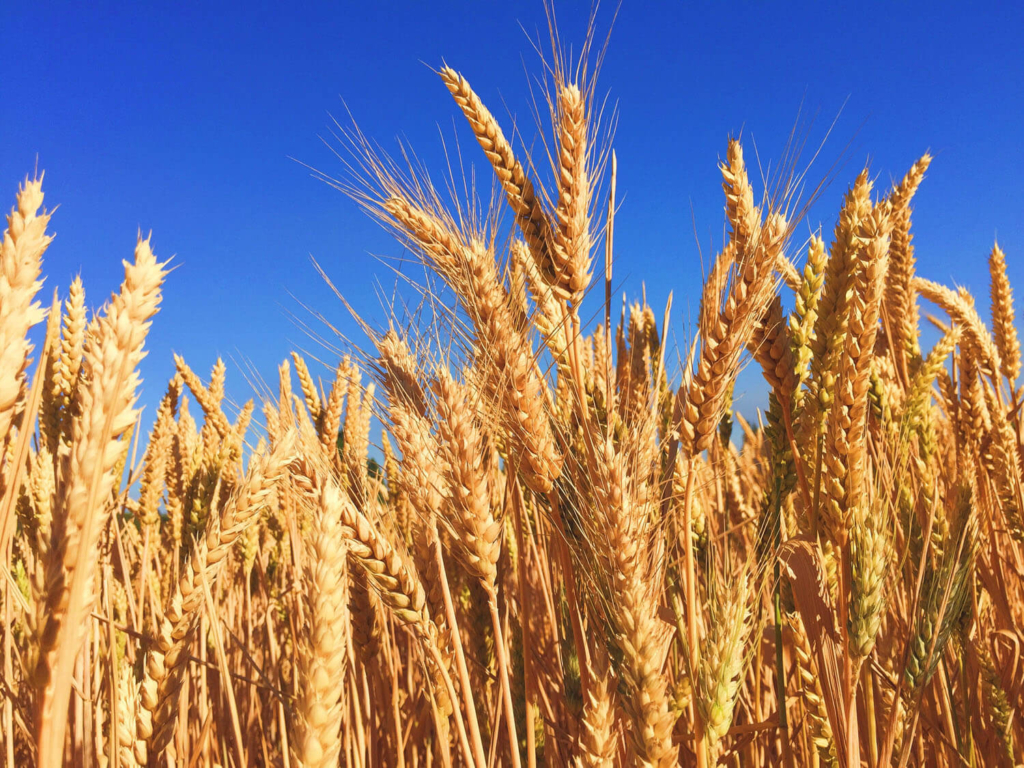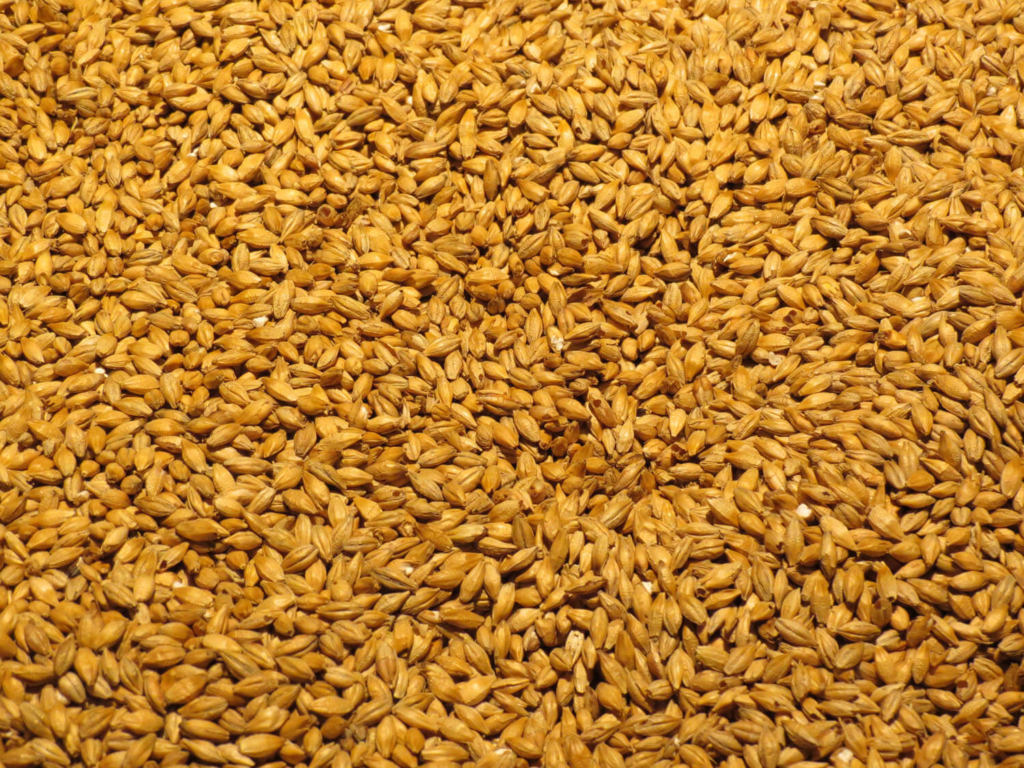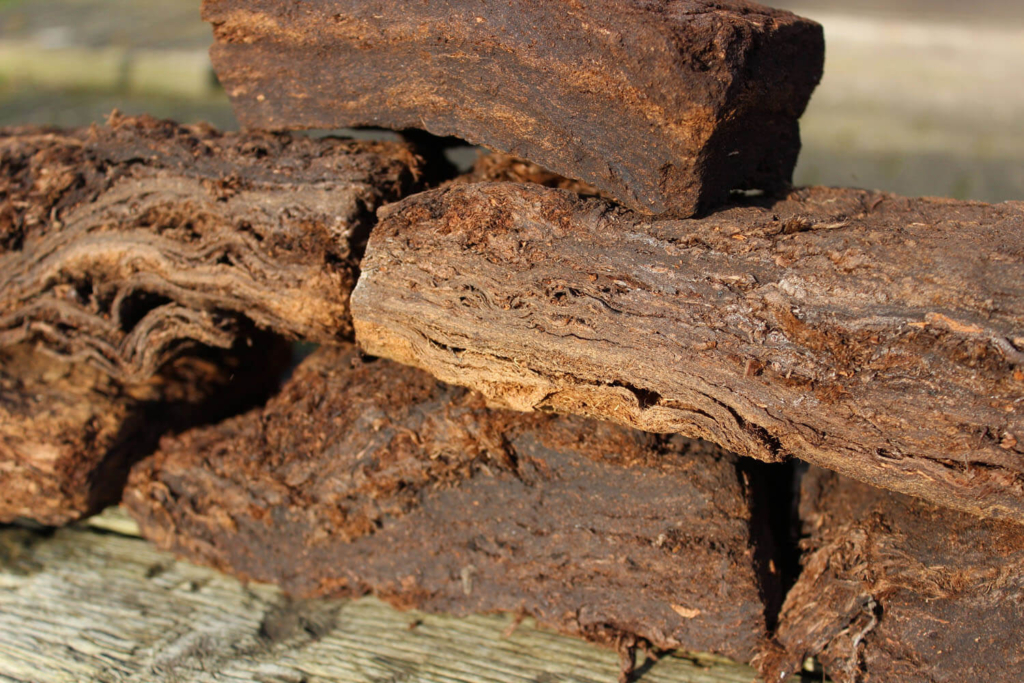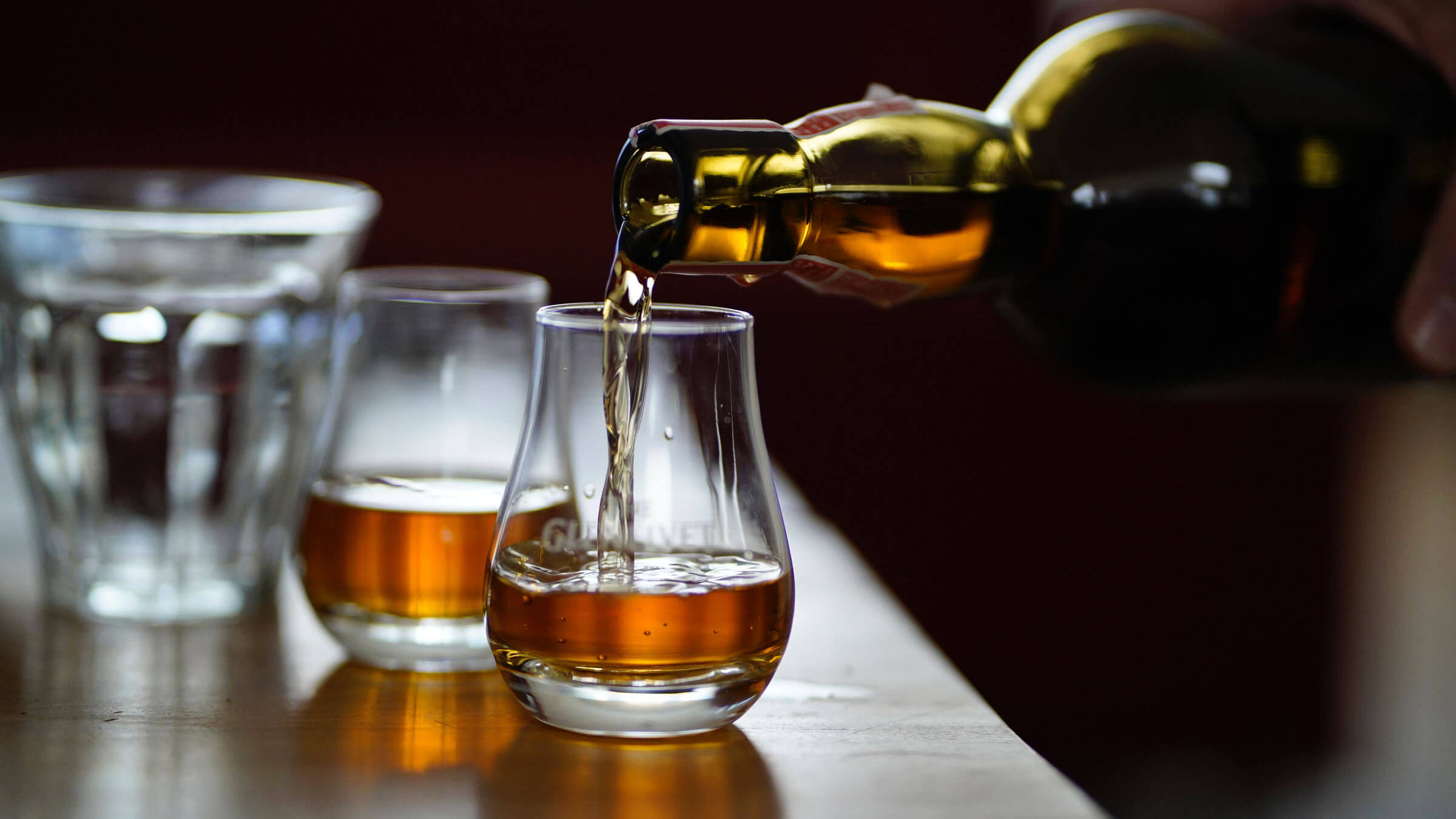First, the basics: Whisky is a beverage made by distilling a fermented mix of grains, water and yeast. The resulting spirit is aged in oak casks and eventually mixed with water and/or a few additional ingredients. The grains and the types of casks used, the aging periods and the eventual addition of other spirits or flavours are all variables affecting the resulting product.
Still with us? Good, let’s dig deeper.
Grain In A Glass
Grain mash (or mash bill) is the feedstock of whisky, usually composed of wheat, barley, corn and rye.
The ratio of the various grains largely determines the type of resulting beverage: Bourbon, traditionally produced in the US, must be made from a mash that’s at least 51% corn. For rye whisky, the mash must be at least 51% rye. Whisky made from 100% corn is called moonshine.


Each country has its own regulations – an important factor to consider when using the same terminology in an increasingly globalised world. Scotch whisky, by UK law, is whisky made in Scotland following particular criteria; it’s also an umbrella term for both single malt Scotch whisky (made from only water and malted barley at a single distillery in pot stills, which distill in batches rather than continuously) and single grain Scotch whisky (made from water and a variety of grains at a single distillery in pot stills).
By law, all whisky made in Scotland has to be Scotch whisky. Note that “single” refers to a single distillery: a whisky coming from a single cask will be called single cask whisky (or single barrel whisky). Blended whisky, on the other hand, is a mix of different whiskies, which, blended together, create a complex flavour; they could be different whiskies from the same distillery or from multiple distilleries. The majority of commercial whiskies are blended whiskies.
To Peat Or Not To Peat
Grains used in whisky can be malted, meaning that they were made to germinate. The use of malted grains (mainly barley), and especially the way the germination was halted, greatly influence the taste of the final product.


Malting can be stopped by drying the grain with direct smoke or hot air for a number of hours. When dried with smoke, the grain retains some of the smoky flavour, which then finds its way into the distilled liquor. Since smoke was traditionally made with peat (earth matter from the moors), a number of whiskies are peated – that is, they have an earthy-smoky note in their taste. This is likely the most recognisable component of a whisky’s flavour, and – as with any powerful aroma – one that people tend to either love or hate. Some Scottish whiskies, such as those from the island of Islay, are famous for being peated, though of course not all Scotch is peated.
On the unpeated front, Irish whiskies are the obvious choice, as their grains are traditionally dried in a kiln with hot air. If you want to take it a step further, try single pot still whisky, a typical unpeated Irish variety made with partly malted, partly unmalted barley, and thus even more delicate in flavour.
Finally, it is important to note that the casks, especially when charred, also lend smoky (but not peaty) notes to the whisky as it ages.
How To Drink It Right
By now, you should be able to navigate the menu of a whisky bar without feeling completely lost. But what about at-home consumption? How is whisky best served, and in what glass?
Among experts, there seems to be consensus on two facts: First, that drinking whisky neat (or with a few drops of water) allows it to be savoured it as it was intended to be. Secondly, that drinking it neat, with a little bit of water or even ice, is a matter of personal taste that shouldn’t be ignored. Makes sense, right? The problem is the ice which, many say, numbs the subtler flavours of the whisky and, by melting, dilutes the spirit beyond repair.

Our advice is to drink it neat or with a few drops of water at most. As for the vessel, a tulip-shaped glass enhances the aromas and allows you to better swirl the liquid and aerate it, allowing the aromas to open up – similar to a wine glass. Tumblers are generally too big (unless you add ice, that is), and their rims are too wide to keep the aromas in.
Of course, these are just guidelines, and there’s no truly wrong way to enjoy whisky. However you choose to drink it, when it comes to the best way to toast, we look to the Gaelic folk who perfected this timeless tipple: Sláinte!














Sorry, the comment form is closed at this time.